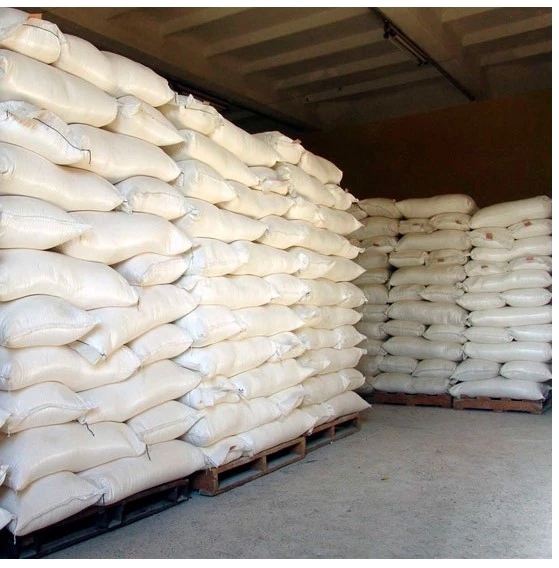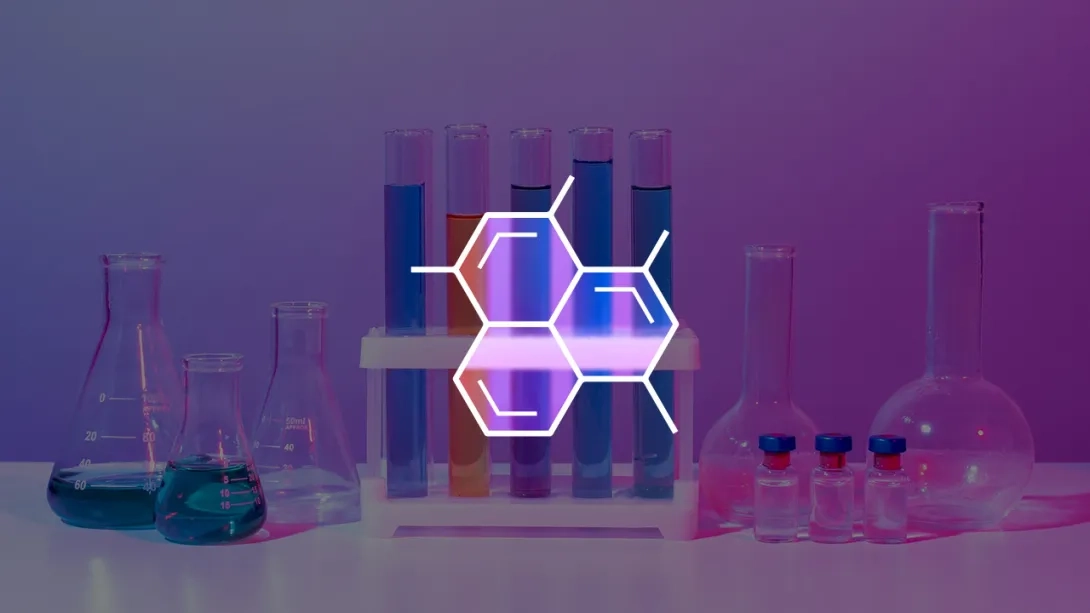Previously, we discussed the complex journey that water takes before reaching the tap of an average Ukrainian household. One of the stages at traditional centralized water treatment plants is coagulation, followed by sedimentation to remove suspended particles in settling tanks.
A few days ago, one of our readers raised a question about the safety of aluminum sulfate, commonly used as a coagulant at most centralized water supply stations in Ukraine, and the feasibility of replacing it with magnesium chloride (bishofite). So, let's try to break down this issue in simple terms.
What is water coagulation?
If you collect Dnipro river water in a transparent container, especially in summer, you will notice numerous particles floating in the turbid water. Some of these particles will settle after a while if the water is left undisturbed. However, the particles that are not visible to the naked eye are the ones causing the turbidity and may take a long time to settle.
 Naturally, it is impossible to let water settle for Kyiv, which consumes nearly 900,000 cubic meters of water per day on average. The settling tanks would occupy the area of another entire city. This is where water coagulation comes into play. Coagulants are introduced to the water to bind even the smallest particles together, increasing their weight and speeding up the sedimentation process. As a result, the enlarged conglomerates settle at the bottom of the tanks much faster, reducing the settling time from weeks to just a few hours, allowing the water to reach households more quickly.
Naturally, it is impossible to let water settle for Kyiv, which consumes nearly 900,000 cubic meters of water per day on average. The settling tanks would occupy the area of another entire city. This is where water coagulation comes into play. Coagulants are introduced to the water to bind even the smallest particles together, increasing their weight and speeding up the sedimentation process. As a result, the enlarged conglomerates settle at the bottom of the tanks much faster, reducing the settling time from weeks to just a few hours, allowing the water to reach households more quickly.
Coagulants are inorganic salts, such as aluminum, iron, magnesium, calcium, titanium, and others. When added to water, they hydrolyze to form hydroxyl forms or simple hydroxides. For instance, soluble aluminum chlorides and sulfates transform into insoluble hydroxide particles in the water column:
Al³⁺ + 3H₂O → Al(OH)₃ + 3H⁺
The surface of these micro-particles has a charge opposite to that of impurities, causing them to attract and bind, accelerating sedimentation. Additionally, water flocculants are used, which are organic or inorganic polymers. Due to their chain structure that envelops the formed conglomerates, they become denser, resulting in sludge containing less water.
This was quite a long introduction for those who want to understand the mechanism of settling in water treatment. We previously discussed the mechanism of coagulant and flocculant action in detail. Now, let's focus directly on the reagents used in these processes.
What coagulants are used in water treatment?
Coagulants are inorganic salts capable of hydrolyzing in water to form fine particles. They tend to partially dissolve, and there is always a possibility of small concentrations of these substances entering treated water. Therefore, let's look at the differences between coagulants in terms of efficiency, working conditions, and impact on human health.
Aluminum salts
These are the most common coagulants, ideal for treating water with a high content of natural organic substances (including green water from the Dnipro River). The pH range in which they operate is 4 to 8 units. For example, the removal of humic substances requires a pH level of 5.5 to 6.5, so surface waters are acidified before using aluminum coagulants.
Common coagulants include aluminum sulfate, chloride, hydroxychloride, and alum. The main advantages of aluminum-based coagulants are their wide pH range, effectiveness against natural organic substances, and low cost. However, the significant disadvantage is that treated water may contain residual amounts of aluminum.
Today, aluminum compounds are used by "Kyivvodokanal" (sulfate), as well as in Norway, Germany, and other countries worldwide.
Iron salts
 Iron salts are the second most common coagulant. They are used to treat turbid waters with high hardness and also for wastewater treatment. The optimal pH for iron salts to function effectively is around 9. Iron-containing compounds are effective at removing odors and tastes, promoting the sedimentation of heavy metals and organic substances.
Iron salts are the second most common coagulant. They are used to treat turbid waters with high hardness and also for wastewater treatment. The optimal pH for iron salts to function effectively is around 9. Iron-containing compounds are effective at removing odors and tastes, promoting the sedimentation of heavy metals and organic substances.
However, there are several drawbacks:
Increased Corrosion: Iron salts can exacerbate corrosion issues.
Formation of Soluble Colored Complexes: Some organic compounds can form colored complexes with iron.
Less Dense Sludge: Iron salts produce looser sludge compared to aluminum salts.
On the positive side, iron salts are generally safe for human health. They are used at the Zhytomyr water utility and at centralized water treatment plants in the Netherlands, France, and other countries.
Magnesium salts
Magnesium coagulants are used very rarely and primarily for industrial water treatment. There are isolated examples of using magnesium sulfates and chlorides for purifying lake water in Scotland and Canada. In Ukraine, magnesium salts are not used for coagulating surface waters.
The main disadvantages of magnesium coagulants are their high cost, which is several times greater than that of iron and aluminum salts, and the potential increase in water hardness. However, they are completely safe for human health.








